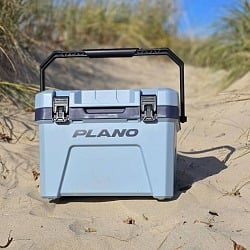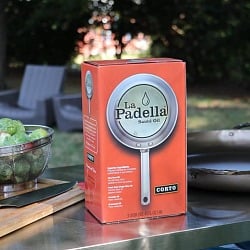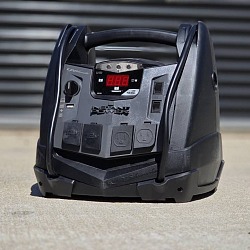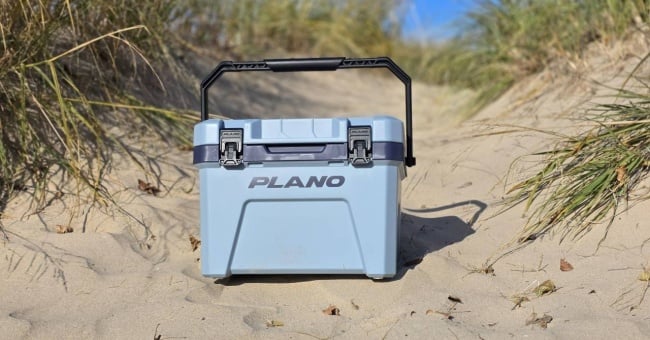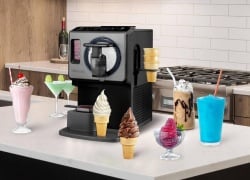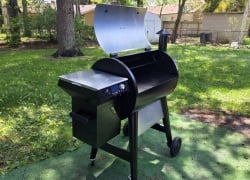-
Montana Knife Company's Meat Church Chef Knife Review - A 6-Inch Blade That Punches Above Its Weight
-
Plano Frost 14 Quart Cooler Review
-
UGREEN DH2300 Review: Network Storage Finally Makes Sense for Home Users
-
COROS NOMAD Review: The Adventure Watch for Guys Who Actually Go Outside
-
LiberNovo Omni Review: Sci-Fi Looking Office Chair With 16 Flex Point Back For Max Comfort
-
Gourmia 2 Quart Soft Serve Ice Cream Maker Review
-
Long Term Review Z Grills 7002C2E WiFi Pellet Grill - A Perfect Balance of Flavor, Value and Convenience
-
PNY Duo Link V3 Flash Drive Review: Professional Storage for Road Trip Warriors
-
PNY RP60 Portable SSD Review: Rugged Travel Friendly Storage Perfect For Outdoor Guys Trips
-
Schumacher SJ1332 Review: 6-in-1 Power Station For Tailgating, Beach Days & Emergency Prep
-
Polymega Introduces Modular Classic Game Console Supporting Original Game Media
-
TIMMKOO SR1 AI Voice Recorder Review: Pocket-Sized Audio Recording With AI Transcription
-
MÄNNKITCHEN Pepper Cannon Review - For Guys That Love Pepper But Don't Love Grinding!
-
Smithey Carbon Steel Paella Pan Review: Hand-Forged Conversation Piece For Epic Entertaining
-
Adesso EasyTouch 1500 Ergonomic Keyboard Review: Professional Productivity Meets Premium Gaming Construction
-
Portable Projector Showdown: Epson EF22 vs Kodak FLIK HD9 Which Is Best For Your Next Trip?
-
KODAK FLIK HD9 Smart Projector Review: Portable Entertainment Anywhere
-
JanSport Weekender Large Duffel Review: The Perfect Bag For Weekend Road Trips
-
6 Fall Yard Cleanup Essentials That Actually Work: A Man's Guide to Conquering Leaves Like a Pro
-
Weber Spirit EP-435 Gas Grill Review: Premium 4-Burner Grilling Excellence for Serious Outdoor Cooks
